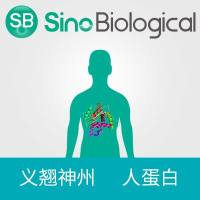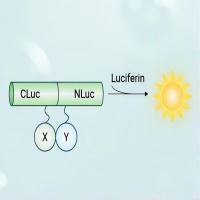Comparison of Quantitative Metabolite Imaging Tools and Carbon-13 Techniques for Fluxomics
互联网
658
The recent development of analytic technologies allows fast analysis of metabolism in real time. Fluxomics aims to define the genes involved in regulation of flux through a metabolic or signaling pathway. Flux through a metabolic or signaling pathway is determined by the activity of its individual components; regulation can occur at many levels, including transcriptional, posttranslational, and allosteric levels. Currently two technologies are used to monitor fluxes. The first is pulse labeling of the organism with a tracer such as C13, followed by mass spectrometric analysis of the partitioning of label into different compounds. The second approach is based on the use of flux sensors, proteins that respond with a conformational change to ligand binding. Fluorescence resonance energy transfer (FRET) detects the conformational change and serves as a proxy for ligand concentration. Both methods provide high time resolution. In contrast to mass spectrometry assays, FRET nanosensors monitor only a single compound, but the advantage of FRET nanosensors is that they yield data with cellular and subcellular resolution.







